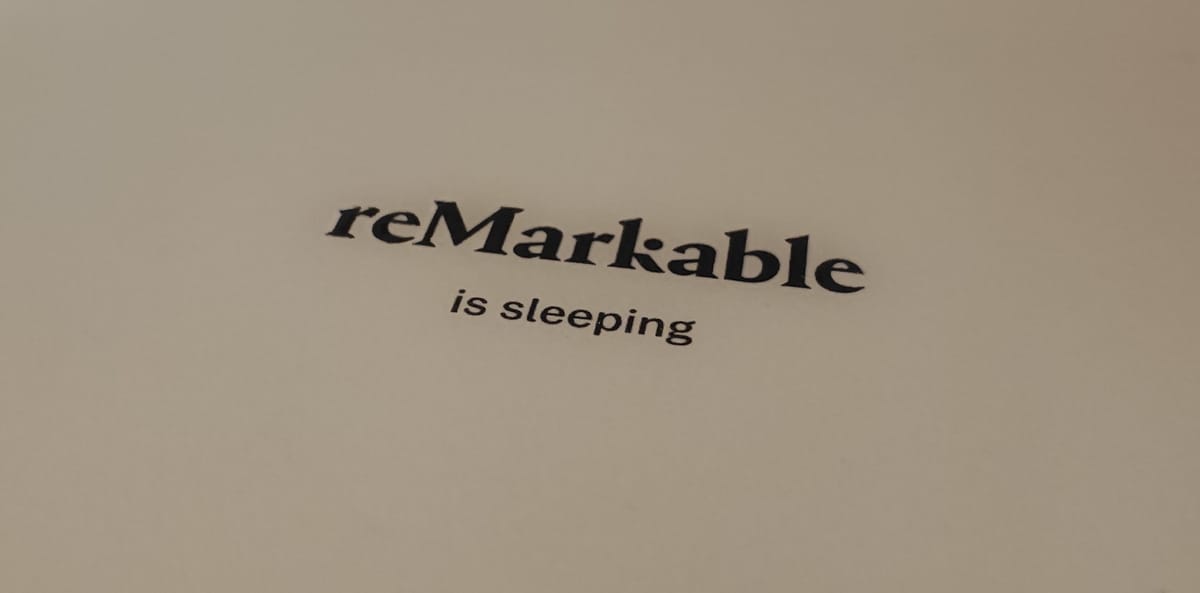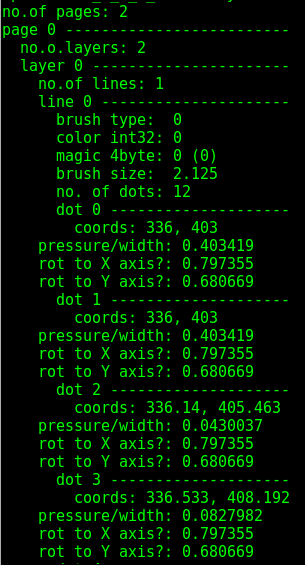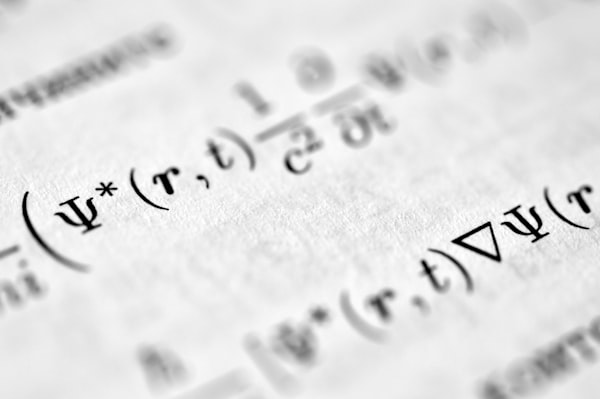reMarkable: a paper tablet still in beta
After 4 years owning two reMarkable, it's time I write the good, bad an ugly things of it.

Now that I see reMarkable ads everywhere, it is time to try (for the 4th or 5th time) to do a review of it. I've been using it for a couple of years now (~4), with the typical cycles of use and disillusionment.
The first time I came across a physical reMarkable was in a conference in London: one of the participants had one and since I had been looking to buy one of it i just asked his opinion and to try it out. It was the first version, built with cheap-ish plastic and with slow software. But it was not entirely bad for a first version.
Several months later I bought it and when the second version released, I fell again for it (not that it's bad!). So I could say I have a bit of experience with it, using it from note-taking, eBook and PDF reading and a bit of (architectural) drawings.
The good
The new revision of the tablet, reMarkable 2 feels great in my hands. Made with metal and a textured plastic surface, it screams quality to anyone who sees it. This last version also provides an exceptional battery life (you can go weeks without charging) and a pen that you never need to charge.
Writing is good: the screen has a texture that feels right, and it feels a LOT like writing on paper. It even has a similar sound.
The device runs on GNU/Linux, so it's easy to modify the software adding packages from this awesome list. Just connect it to your computer and log in via SSH. For example changing the sleeping screen is as easy to replace a file.

It's also relevant to notice the ability to convert your handwriting to text you can send by email. It has support for several languages and for what I've tried, it does not work too bad.
The bad
The maker has created a proprietary cloud and applications through which you can synchronize documents via WIFI to the device. Technically you can access the device via cable using SSH but it's only feasible for technical persons. If the company goes out of business or decides you cannot store more data, then you are left with a tablet paper that has the same utility as a paper weight.
It's difficult to expand functionalities. Although there are a lot of good libraries, it's not something out of the box and you need to dedicate time (this is both good and bad).
The ugly
When reading ebooks or pdfs, the software does not mark the page number, so if you export some pages by email, you may lose which page the content was in.
One of the first tablets I used to read eBooks and PDFs was an old iPad (now with a broken screen and unpatched software), and it was easy to highlight text in a PDF or eBook and then see all the excerpts in a separate view.
This useful feature is not available in reMarkable, and I really miss it. A couple of years ago I wrote some custom Python code to do this, detecting highlighter and pen marks and performing OCR on the segments. However, getting the necessary information from the reMarkable servers required a bit of hacking and I just left the project.

Finally, and worst of all for me, is the practical inability to quickly scroll through pages. While this is not specific to this product, but rather to digital media in general, the slow speed of getting to the next page and, despite the best efforts of page bookmarks and the inability to quickly jump between them, is something that makes some use cases inferior to physical books.
My wish list of improvements
- A better way to search and obtain highlighted text. Similar to what the iPad does. For me that would be the key difference and could make me use it again for reading.
- Color screen Like this one or this other one. I mean, come on, we can already use colored pens so it's what we are missing.
Personal opinion
Lately I've been using the tablet in two types of workload:
- Reading novels or short essays at home (though not for manuals and technical books).
- Note taking for things I'm not going to revisit a lot.
The common problem in the other cases (at least for me) is the difficulty in browsing the pages I want, and the inability to have two or three pages open at the same time.
Is it good for you? That's for you to decide. 500€ is a lot of money if you don't use it much, though as always, you can adapt to the technology instead of the other way around. I just hope this review has been useful in your decision.
Technical resources







